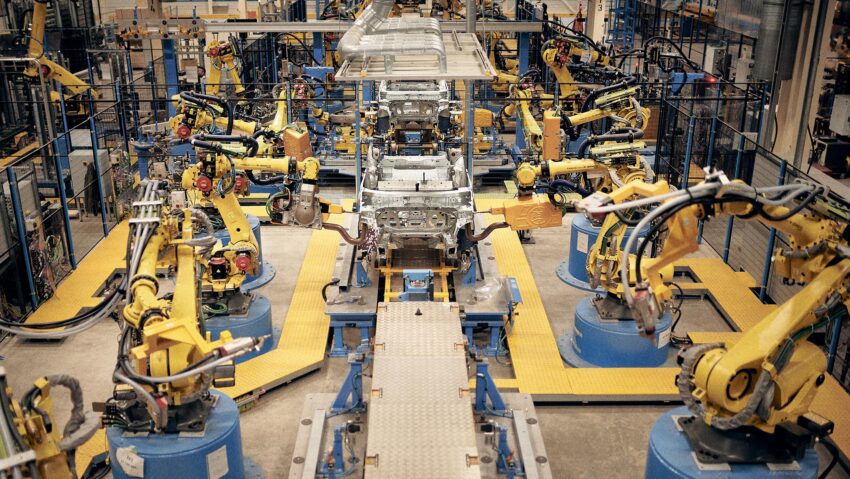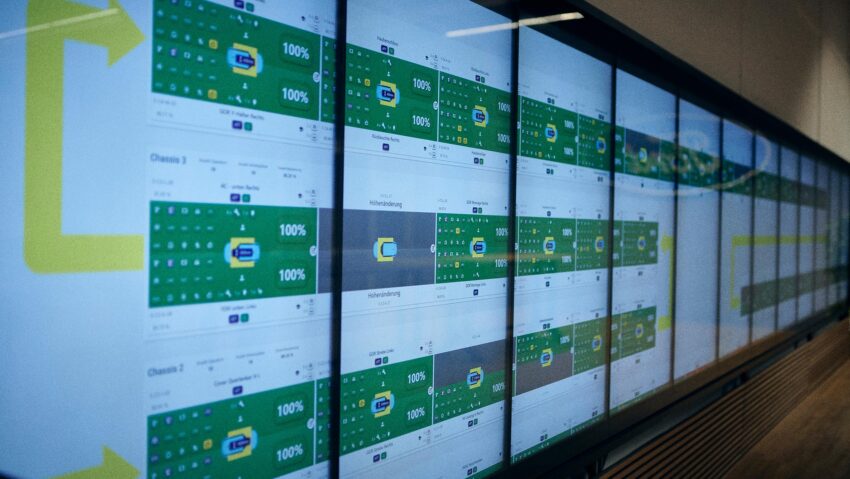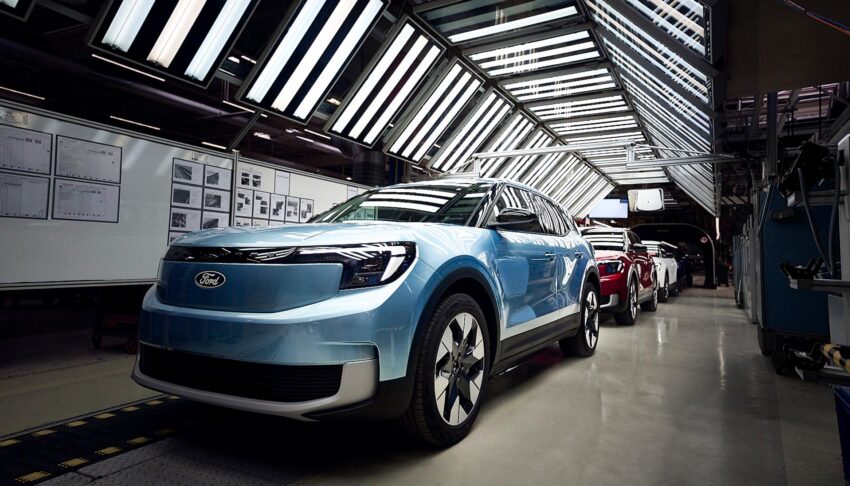Inside Ford’s $2bn European EV factory
We take an exclusive peek inside the factory where Ford’s next generation of electric cars is being built.
Ford has been building vehicles in Cologne since 1930 and over the last 94 years more than 18 million cars have rolled off its production line, from the Model A and Capri to the original Puma and eight generations of the Fiesta.
Over the years the plant has been expanded, redeveloped and retooled several times but the last few years have seen perhaps the biggest transformation in its history as it gears up for an all-electric future.
Fiesta production ended at the German site in mid-2023, to be replaced with the Explorer, Ford’s first EV designed and built in Europe specifically for Europe. Earlier this month, the first customer Explorers rolled out of the factory gates.
The shift from making a small petrol-powered hatchback to producing a large electric SUV is clearly enormous and Ford has spent $2 billion redeveloping the entire site to cope with the shift.
At the heart of the whole operation is a new production line where every Explorer goes from a collection of unidentifiable components to a completed car. More than 600 new self-learning robots have been designed and fitted to manage everything from cutting and pressing to painting and dusting, working in a strangely balletic harmony to roll out a completed car every 54 seconds. Other automated systems pick and deliver components around the site without human direction.

The site has gone from two chassis lines to six and added a brand new battery line where batteries, motors and suspension elements are brought together.
Following the process through the various buildings we see individual panels welded together to form a body, then experience the peculiar feeling of half-finished shells swishing along on rails above our heads. From there, body and chassis elements are brought together at ground level so a combination of machines and more than 1,000 human staff can marry the Ford ‘top hat’ of body and interior to the Volkswagen-sourced MEB powertrain ‘decking’.
Despite the new automated processes, Ford says staff levels at the factory have been maintained at more than 3,300 through retraining and redeployment. And although the site no longer manufactures engines, the former engine plant will reopen as a battery facility after the summer shutdown, allowing Ford to build its own batteries for the Explorer rather than bringing them in by train from Seat’s factory in the Czech Republic.
Industry firsts
Everywhere you look, the refit has seen massive changes and innovations around the plant. Among them are new electroplating facilities which now fully rotate the entire body in a 320,000-litre bath of anti-corrosion liquid instead of simply dipping the shell from an overhead hanger.

These are housed in an all-new seven-story body pretreatment building which had to be squeezed in among existing buildings on the 125-hectare site.
Also new to the site is the industry-first Scanbox, which scans every surface and measures every dimension of the car to identify flaws that aren’t even visible to the human eye. From here corrections to the tooling or processes can be identified before invisible flaws become visible problems.
Central to the entire new production process is another industry first in the shape of the Cologne plant’s ‘digital twin’. Developed by the on-site IT team, this tracks every station along the production line, logging every task, part and tool needed and highlighting any issues in real-time. Controlled via a massive 10mx2.5m touchscreen in the main building, it monitors every detail right down to the quantity of every nut at each workstation.
With mass production now ramping up, Ford will soon be building 640 cars per day (144,000 per year) in Cologne. That’s across two shifts but the plant has capacity to add another shift and build up to 250,000 cars per year, should there be demand. If demand outstrips that, we’re assured, Ford will find a way to accommodate. Perhaps on the two dormant Fiesta lines which have been retained for training.

Ford’s second new EV — expected to be named Capri — will be built on the same line at the same time as Explorer and our tour gave glimpses of that model’s elongated and sloped bodywork as pre-production examples moved along the line amid hundreds of Explorer shells.
‘Electric is the only future’
The Explorer and Cologne factory are clearly central to Ford’s drive towards an all-electric future. But it’s a drive that has slowed. Ford revealed in May that its plan to have a fully electric passenger car and LCV line-up by 2030 had been pushed back to 2035. But the Blue Oval insists that it remains fully committed to EV.
Anna Lena Strigel, director of sales and brand management for Model e in Europe, said: “We are committed to a full electric line-up on passenger cars and light commercial vehicles by 2035.
“We have seen the transformation towards electric vehicles simply takes a bit longer than we anticipated.
“Currently EV market growth has slowed down a little but we have no question that [electric] is the clear future. It’s the only technology that will help us decarbonise our fleet, so we are absolutely committed to being full electric by 2035.
“But through the transition there we want to take our customers along and give them the choice, so we decided not to only give them electric vehicles but a combination of combustion engines, hybrids and electric until then.”

That means hybrid and plug-in hybrid variants of cars like the Kuga and Puma will remain on sale alongside electric equivalents, and there will be a similar balancing of drivetrains in the various iterations of the Transit.
However, more electric models are on the way. As well as the E-Transit Custom which has just gone on sale, 2024 will bring that new sports crossover built in Cologne as well as an all-electric version of the best-selling Puma.






